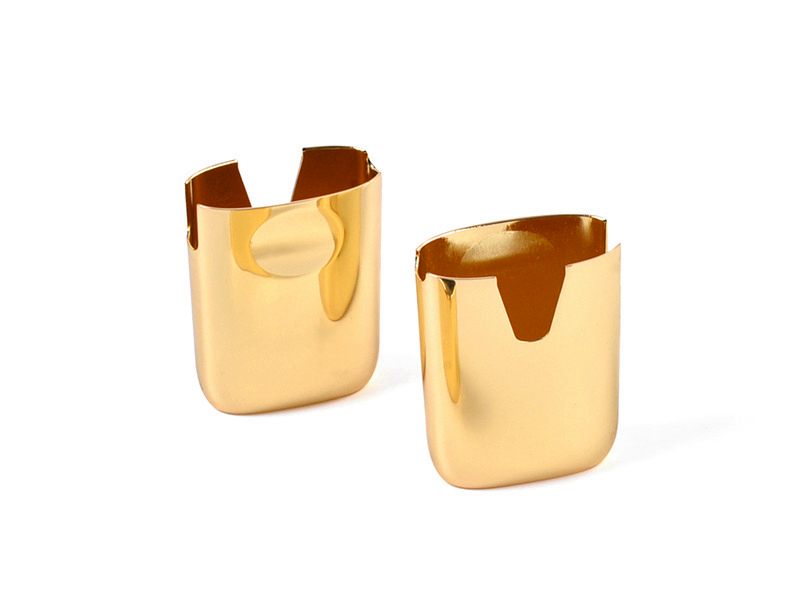Neway Castings Supply: Custom Aluminum A380 Die Cast GPU Frame for Nvidia
Modern GPU assemblies require structural frames that are lightweight, thermally efficient, and mechanically rigid. Aluminum A380 meets these requirements through high-pressure die casting, offering an excellent strength-to-weight ratio and thermal conductivity.
This case study details the manufacturing of precision die-cast frames for high-performance graphic cards. It highlights how optimized mold design, CNC post-machining, and surface finishing contribute to functional and aesthetic quality for advanced electronics integration.
A380 Aluminum: Lightweight Strength and Heat Management
Aluminum A380 is widely used in electronics housing and component frames due to its balance of castability, mechanical integrity, and thermal performance.
Material specifications (per ASTM B85):
Ultimate tensile strength: 310 MPa
Yield strength: 165 MPa
Thermal conductivity: ~96 W/m·K
Density: 2.74 g/cm³
Elongation: ~3.5%
Corrosion resistance: Excellent in dry environments
Its low melting point and high fluidity make it ideal for thin-walled, complex parts. Learn more about aluminum A380 die casting and its performance in electronic component manufacturing.
Mold Design for Thin-Walled GPU Frame Structures
GPU frames require features such as cable routing channels, mounting bosses, and heat sink integration—all produced within a single-shot die casting process. The tooling was engineered with vacuum venting, balanced gate systems, and conformal cooling.
Mold engineering details:
Wall thickness: 1.5–2.5 mm (±0.05 mm tolerance)
Die steel: H13, nitrided, life expectancy >120,000 shots
Ejection system: Stripper plate + pushers
Casting cycle time: ~38 seconds
Explore our tool and die making services designed for precision components with detailed external and internal features.
High-Pressure Die Casting Production Parameters
Casting was performed using 800-ton cold chamber die casting machines to maintain dimensional stability under tightly controlled process windows.
Key parameters:
Injection velocity: 2.0–3.5 m/s
Intensification pressure: 90–120 MPa
Fill time: ≤0.18 s
Mold temp: 240–260°C
A vacuum assist system was used to reduce porosity and improve weldability. Final castings achieved Class 2 internal quality per ASTM E505. See more about our aluminum die casting capabilities.
Post-Machining and Surface Quality Enhancement
CNC post-machining was applied to critical assembly interfaces, connector seats, and mating holes to ensure alignment and mechanical compatibility.
Machining metrics:
Flatness of GPU seat: ≤0.03 mm
Hole tolerance: ±0.02 mm
Surface finish (Ra): ≤1.6 µm on contact faces
Thread tapping: UNC and M3-M4 metric (ISO 965-1 compliant)
Our advanced post-machining services guarantee ready-to-assemble parts with high dimensional repeatability.
Surface Treatment for Durability and EMI Performance
The finished frames were treated with anodizing and selective conductive coatings to enhance durability and electromagnetic shielding.
Surface process flow:
Anodizing thickness: 10–15 µm
Conductive finish: Selective spray-on EMI shielding (silver-nickel based)
Scratch resistance: ≥2H
Adhesion: ASTM D3359 rating 5B
Other available finishes include powder coating, arc anodizing, and chromate conversion, depending on the final application and housing integration.
Quality Control and Batch Traceability
Strict quality protocols were applied throughout the manufacturing cycle to support performance-critical electronics applications.
Inspection and validation procedures:
3D scan comparison against CAD for each batch
X-ray inspection on 10% of production
Full CMM reports on first article
Batch-level material certification (RoHS, REACH compliant)
All parts were serialized for traceability using laser marking. Our mass production services support high-volume GPU programs with consistent delivery timelines.
FAQs
Why is aluminum A380 preferred for GPU frame casting?
What machining tolerances are required for electronics-grade aluminum frames?
How is porosity controlled in thin-walled aluminum die castings?
What surface coatings improve thermal and EMI performance in GPU frames?
What quality control methods ensure dimensional accuracy in electronics die casting?



